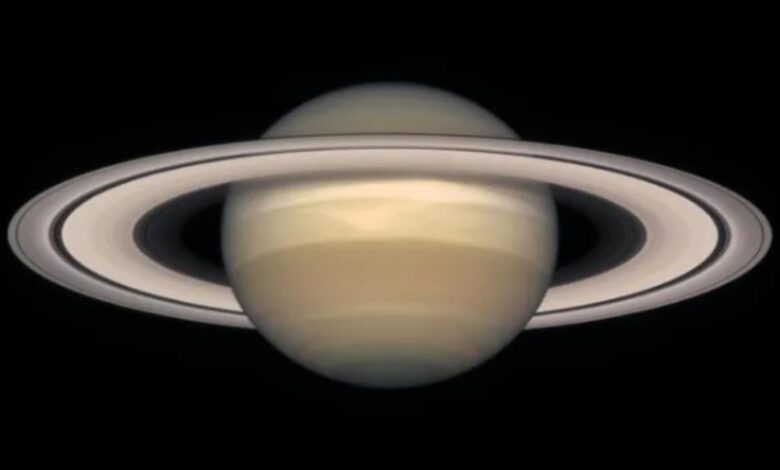Saturn’s rings will disappear within six months

Saturn’s rings, one of the most unique features of our solar system, will become nearly invisible in March 2025. This rare phenomenon will occur due to Saturn’s unique axial tilt, which places the rings right on the edge of Earth’s line of sight. The result will be a brief period during which these majestic rings will be nearly invisible from our planet. This event will provide astronomers, astrophysicists, and stargazers with a unique opportunity to see Saturn in a different guise. It’s important to note, however, that this isn’t a permanent change. The rings will reappear in November 2025.
What makes Saturn’s rings so fascinating?
Saturn’s rings are made up of a mix of icy particles, rocky debris, and cosmic dust. These materials vary greatly in size, from tiny grains to enormous chunks similar to houses or buses. The ring system is divided into several distinct sections, including the prominent A, B, and C rings and the fainter D, E, F, and G rings.
Gaps between these sections, such as the Cassini division between the A and B rings, highlight the complex structure of the rings. These divisions are formed by gravitational interactions with Saturn’s numerous moons, some of which act as “shepherd moons” to preserve the structure of the rings.
The Impact of the Cassini-Huygens Mission
The Cassini-Huygens mission, a joint effort between NASA, the European Space Agency (ESA) and the Italian Space Agency (ASI), has greatly improved our understanding of Saturn. The mission was launched in 2004 and completed in 2017. mission provided valuable insights into Saturn’s rings and moons.
It revealed the structure of the rings, including the Cassini division, and provided detailed observations of Saturn’s moons. In particular, Enceladus, one of Saturn’s moons, was found to have geysers that point to the possibility of subsurface oceans.
When Saturn’s rings move aside in March 2025, this fleeting event will provide a unique viewing experience, highlighting the dynamic and complex nature of our solar system.




